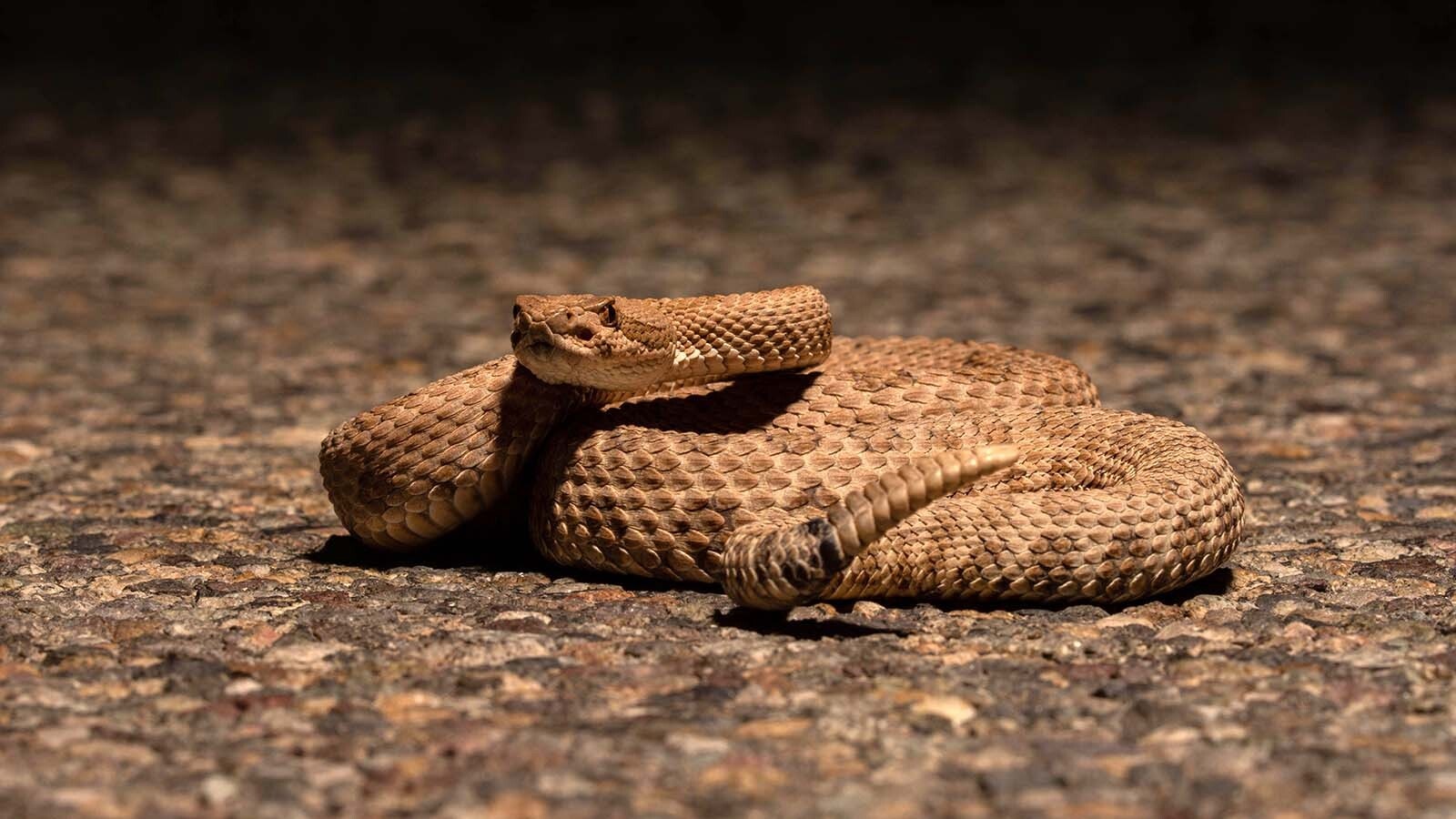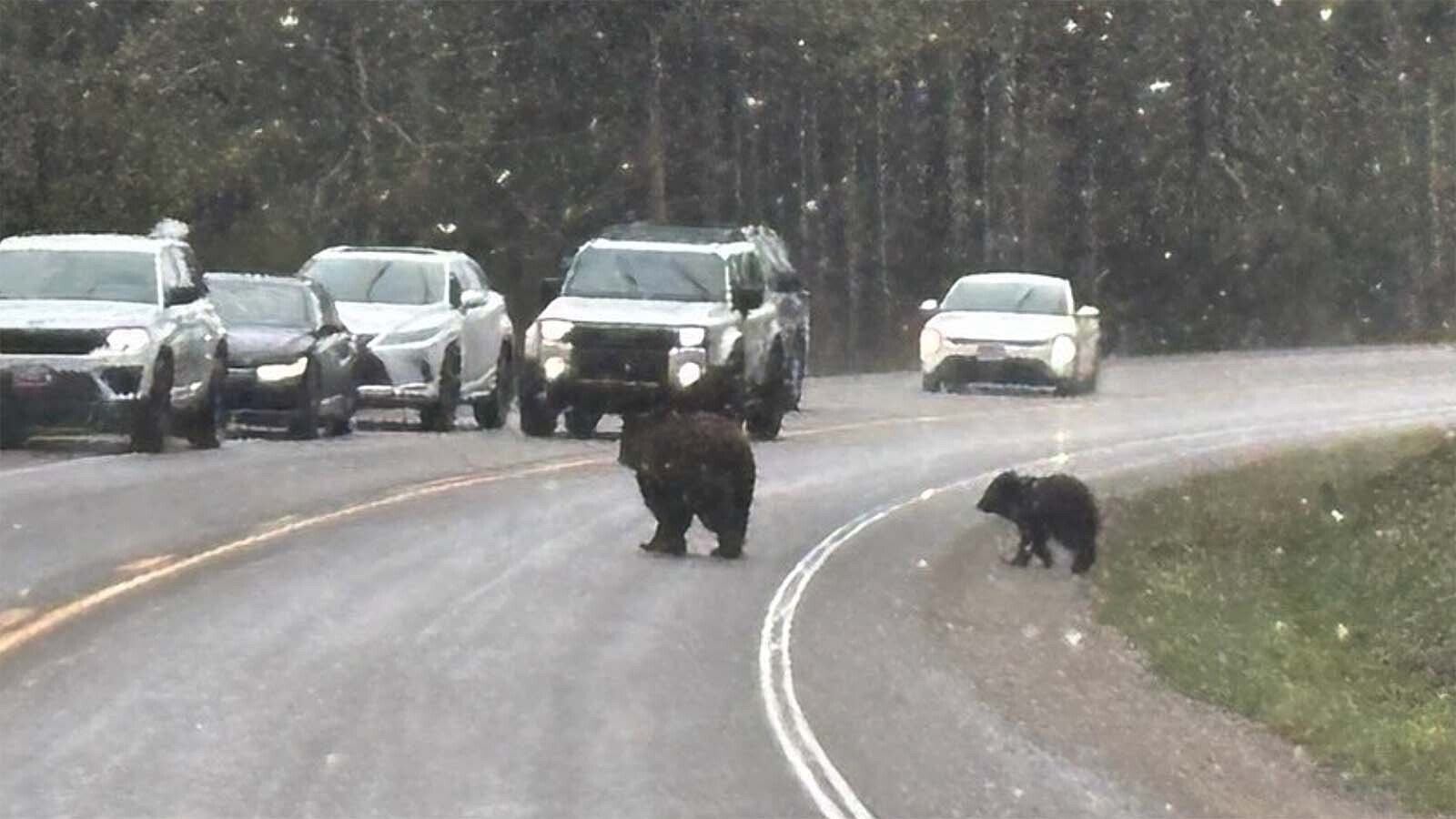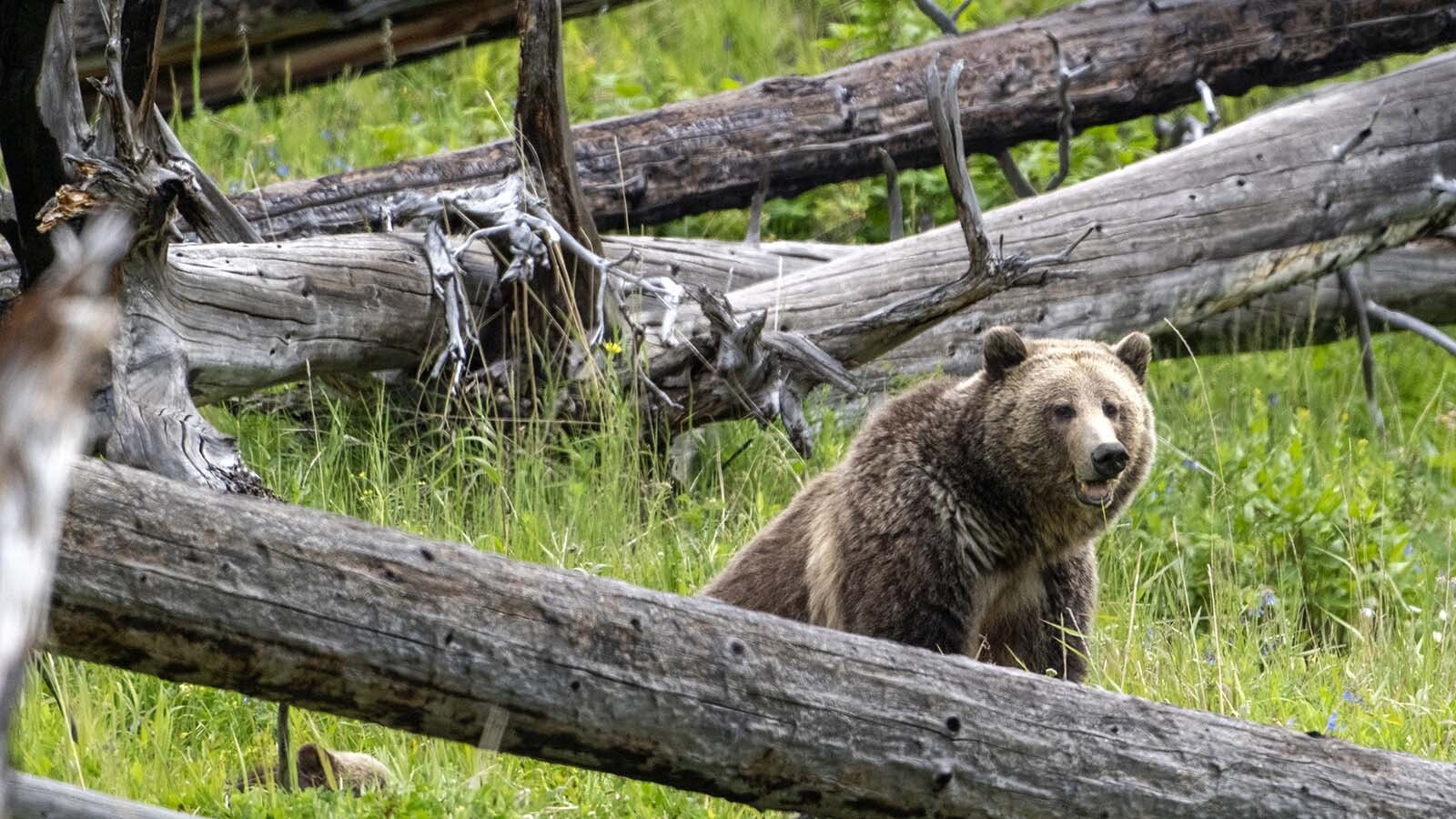Details are still emerging about the sheer brutality of the winter 2022-2023 on Wyoming’s wildlife – including a study showing how antelope wandered, lost in the Red Desert until they hit fences and roads that they couldn’t cross.
Half of a group of 33 radio-collared antelope died that winter, mirroring the fate of the region’s entire population. That’s according to a recently-published study, led by researchers from the University of Wyoming.
“It’s easy to forget just how devastating that winter was for animals in the Red Desert,” the study’s lead author, Ellen Aikens, of the UW School of Computing and Haub School of Environment and Natural Resources, told cowboy State Daily.
It was the worst winter in recent memory for Wyoming’s wildlife, killing tens of thousands of animals – mostly antelope and deer in south-central Wyoming.
Reverse Snowpack
The Red Desert is prime winter range for wildlife, including some of Wyoming’s most prized antelope herds.
Each year as winter begins, animals start moving out the high country and pour into the desert, where there is relatively little snow. They can get through the winter by feeding on exposed forage.
The winter of 2022-2023 was different. There was “reverse snowpack,” meaning relatively light snow in the high country, but massive snowfall in the lowlands, including the Red Desert.
What’s more, the snow was thawing, then freezing again because of temperature variations during the early part of winter. So snow set up almost as hard as concrete, making it impossible for animals to paw their way through to the forage below.
The antelope, increasingly desperate to find food, started wandering.
In some cases, they traveled up to 240 miles, according to the study’s abstract.
Unfamiliar Barriers
That’s likely what got many of them into trouble, Aikens said. In their desperation they wandered so far, they ended up in places where nothing was familiar to them – including fences blocking their way.
She was among researchers tracking the 33 radio-collared antelope, half of which froze or starved to death that winter.
“Although Wyoming is a seemingly underdeveloped landscape, high fence density and two major highways in the region exposed pronghorn to novel barriers that delayed movement, restricted habitat access, and ultimately hindered their ability to escape extreme snow accumulation,” according to the study’s abstract.
Some of the animals made “a huge loop” and ended up back where they had started and, since they were out of options, died there, she said.

Fences Pose A Quandary
The study highlights a longstanding quandary in Wyoming – the need for ranchers to build fence for their livestock, versus the need for wildlife to move freely about the landscape.
During normal winters, familiarity with an area allows wildlife to solve their own problems when it comes to fences, Aikens said.
“You’ll see game trails running along fence lines,” she said.
That’s because animals frequently travel up and down those fence lines, because they know where the best places to cross are.
Antelope are capable of jumping fences, like deer do, but prefer to crawl under them.
So, in familiar places, antelope know where there are spots along fence lines where there’s enough room between the bottom wire and the ground for them to scramble underneath it, Aikens said.
The antelope wandering the desert during that terrible winter came across fences they weren’t familiar with, as well as hard-packed snow that made it difficult for them to crawl under the fences.
Ranchers Do What They Can
Ranchers are aware of the problems that fences can cause for wildlife, Jim Magagna, executive vice president of the Wyoming Stock Growers Association, told Cowboy State Daily.
His family has a sheep ranch about 30 miles northeast of Farson in Sweetwater County.
In recent years, “wildlife friendly fencing” has made things easier and more efficient, he said.
“I think most new fencing that goes in now meets those standards,” he said.
It usually entails keeping the top wire of a fence low enough that deer and elk can easily jump over it, he said.
And using “smooth wire” about 16 inches off the ground on bottom gives antelope room to crawl under, he added.
In years past, some ranchers would “lay fence over” as they moved their stock out of pastures in the fall, he said.
That entails removing the wire strands for fence posts and laying it on the ground.
It’s a time-consuming process, and it requires coming back and re-securing the wires to the fence posts in the spring.
Wildlife-friendly fences eliminate the need for all of that extra work in the spring and fall, Magana said.
The Wyoming Game and Fish Department and wildlife conservation groups have helped ranchers pay for and install wildlife-friendly fences across Wyoming, he added.
Mark Heinz can be reached at mark@cowboystatedaily.com.





